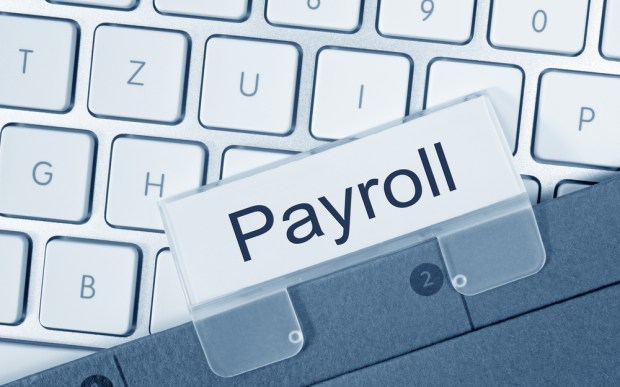What Faster Payments Mean For Payday

From Same Day ACH to paycard controversies, a few recent news stories have placed payroll in center stage. At the heart of the discussion is how companies can pay their employees in a timely manner — naturally, a critical component of a functioning workforce.
New research from payments technology firm Hyperwallet is placing data behind the need for employers to come through on payday.
The “Payday in America” report, to be released tomorrow (Aug. 25), reveals that more than a third (36 percent) of U.S. workers surveyed receive funds from their paychecks in less than a day, with the majority of employees (81 percent) getting paid via direct deposit.
That doesn’t mean payday is without challenges for every worker.
More than a fifth of workers said it takes them three business days or more to actually see the funds from their paychecks. Hyperwallet’s research also revealed a slew of frustrations among employees for a variety of reasons. Some complaints include not wanting to make a trip to the bank come payday, getting hit with bank fees or a lack of speed and digitization when getting paid.
While 1099 workers report greater flexibility in their work lives, they wait longer than the more common W2 employee to see their paychecks, researchers found. Hyperwallet pointed to the rising on-demand economy as a trend that may place increasing pressure on employees that need to get paid sooner, which could be bad news for employers.
“For businesses that work with on-demand workers, this means worker loyalty can take a hit,” Hyperwallet stated. “To keep workers coming back for more gigs and projects, businesses should make getting paid as easy and quick — as close to real time — as possible.”
The demand for faster paychecks is evident, especially when considering employee cash flow. The majority of survey respondents told Hyperwallet that they work two jobs, most often for the purpose of obtaining more money.
But that can lead to unsteady cash flow. According to researchers, nearly two-thirds of workers get paid biweekly or semi-monthly. But 1099 employees report most often getting paid on a project-by-project basis. For U.S. workers that work as both a W2 and 1099 employee (13 percent of those surveyed fall under this category), that means a certain lack of predictability in paychecks compared to W2-only workers.
Without near-real-time payroll tools, the wait for employees to actually see their earnings can be a challenge. Half of respondents said they would be forced to stop buying nonessential items should they be faced with a delayed paycheck. The same figure said they would be forced to delay payment on important bills. Less than a quarter said a delayed paycheck wouldn’t affect them at all.
When running into cash flow issues between paychecks, employees told Hyperwallet they’ve had to take some pretty drastic measures. Some said they had to take money from their retirement funds, while others reported taking out a payday loan — one said that loan came with “ridiculous interest.”
Some of this cash flow pressure may be due to employee spending habits. But according to Hyperwallet, some of it can also be attributed to more efficient payroll processing and better rails to land payroll funds with employees faster.
With so many workers getting paid via direct deposit, Same Day ACH and other faster payments initiatives could theoretically lead to improvements in corporate payroll strategy. Business-to-person transactions, like payroll, were listed by the Federal Reserve as one of five types of payments that could be positively impacted by same-day payment initiatives.
And as Hyperwallet concluded, as the on-demand economy leads to an increase in 1099 employees, faster payroll can help employers of this category of worker maintain employee loyalty.
Industry experts agree. NACHA released a survey in 2014 that found more than 90 percent of payroll professionals surveyed agree that same-day settlements can help them boost efficiency in getting wages to employees.
